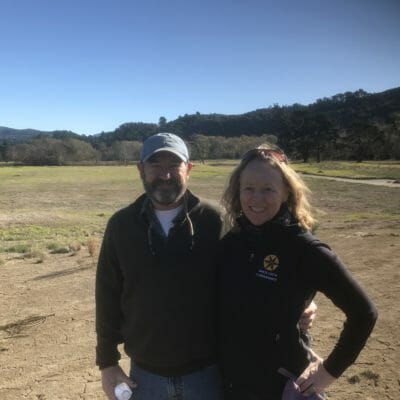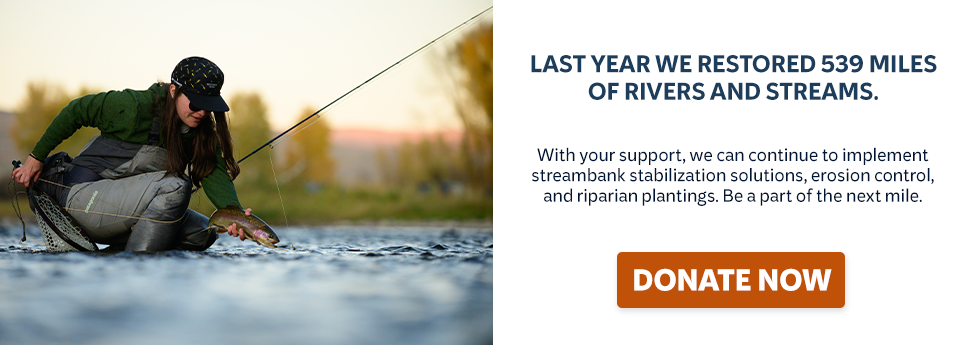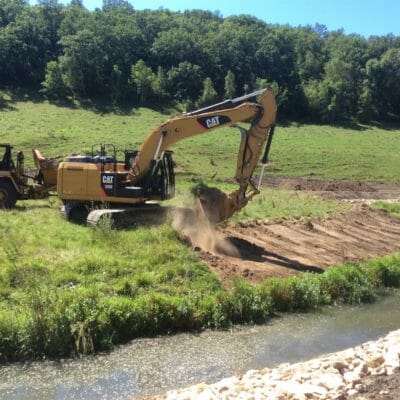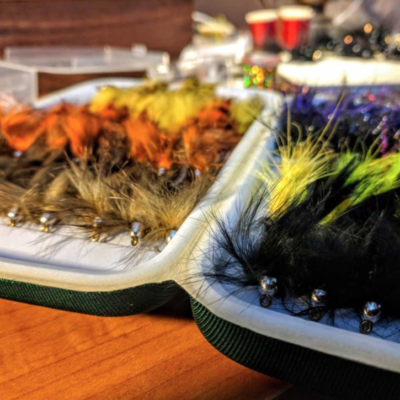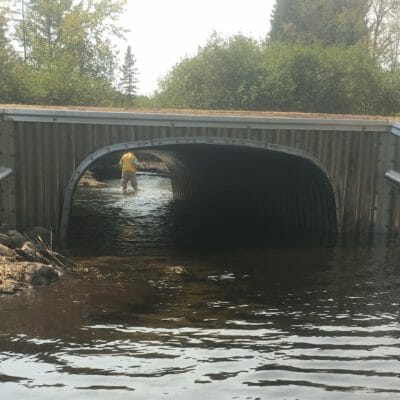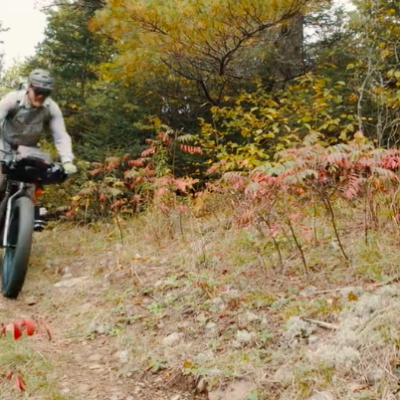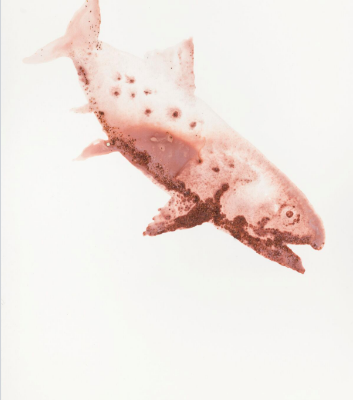by Chris Wood | December 23, 2017 | Conservation
By Chris Wood Last week, I had an hour between meetings in Carmel, California, so I called Tim Frahm, who directs our CA coastal steelhead work. He invited me to look at a project that Christy Fischer, his spouse, and he had worked on. Over chicken sandwiches they told me a riveting story about how…
by Mark Taylor | December 22, 2017 | Uncategorized
By Duke Welter Trout Unlimited’s Driftless Area Restoration Effort set a restoration record in 2017 and produced a record of solid accomplishments. TU and the many partners who work with TUDARE completed nearly 20 miles of stream restoration through 50 Farm Bill and other projects, adding to the more than 1,200 miles of public stream…
by Chris Hunt | December 18, 2017 | Fishing, Trout Tips
Editor’s note: The following is experpted from TU’s book, “Trout Tips,” available for overnight delivery. Organize your fly boxes by the time of year. Yes, BWOs and Adamses can go in any box, but rarely do I ever find the need to use a Hendrickson (light or dark) after I use a terrestrial. Early season…
by Mark Taylor | December 12, 2017 | Uncategorized
By Laura MacFarland In 2017, Trout Unlimited staff and volunteers helped to reconnect 42 miles of coldwater habitat within the Peshti go River watershed in Northern Wisconsin, as part of TU’s Great Lakes Restoration Program. In collaboration with the Forest Service and the Wisconsin Department of Natural Resources, 10 inadequate culverts were replaced with fish-friendly…
by Chris Hunt | November 22, 2017 | Video spotlight
I bought a mountain bike last spring with the intent of riding some backcountry trails to fishy haunts, and while I got out a few times, I didn’t use it nearly enough. Maybe next summer. It’s not an outlandish idea, biking to backcountry fishing. The video above shows two anglers who loaded their bike paniers…
by Chris Hunt | November 22, 2017 | Uncategorized
Coaster brook trout oil painting by Alexis Rockman The Great Lakes are one of the most important natural treasures in the world, holding 20 percent of the earth’s fresh water and forming an interconnected system that is among the most beautiful, economically significant and ecologically complex regions on the planet. In January 2018 the Grand…
by Tara Granke | November 20, 2017 | Uncategorized
Each year, TU Camp and Academy graduates are invited to enter the TU Teen Essay Contest in which they share their camp experiences. This year we had four finalists, and Alex’s essay is the second to be posted in this series as the second runner up! Alex is from Michigan and attended the Michigan Trout…
